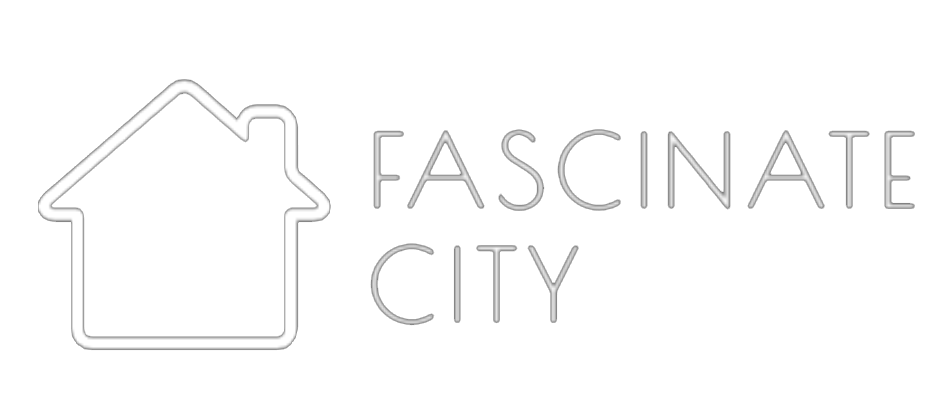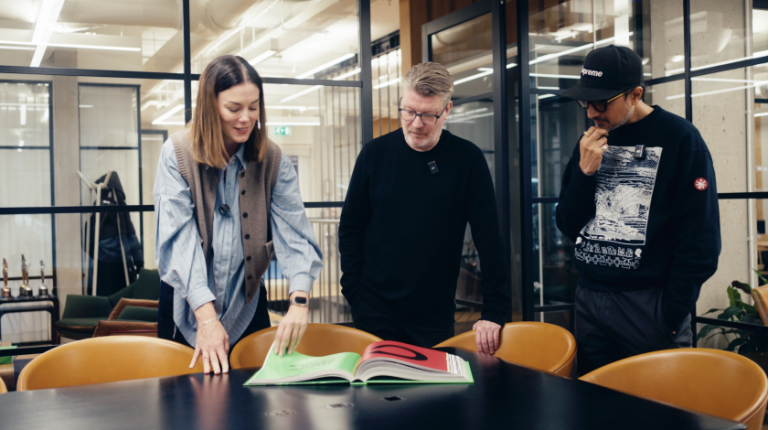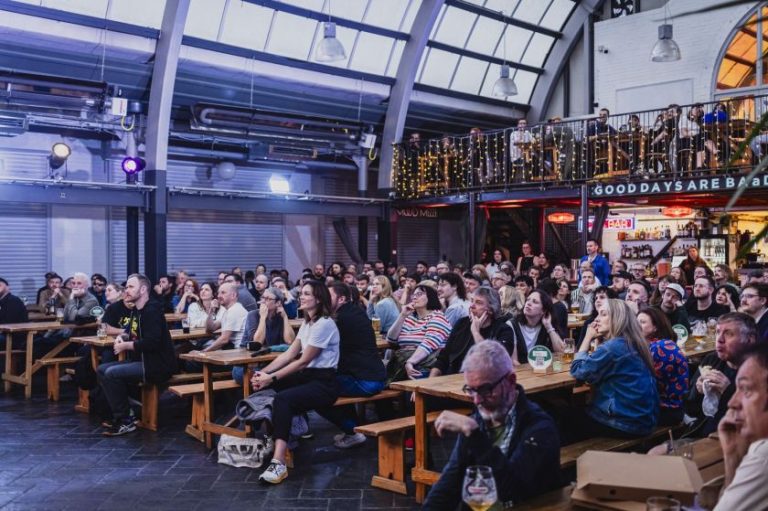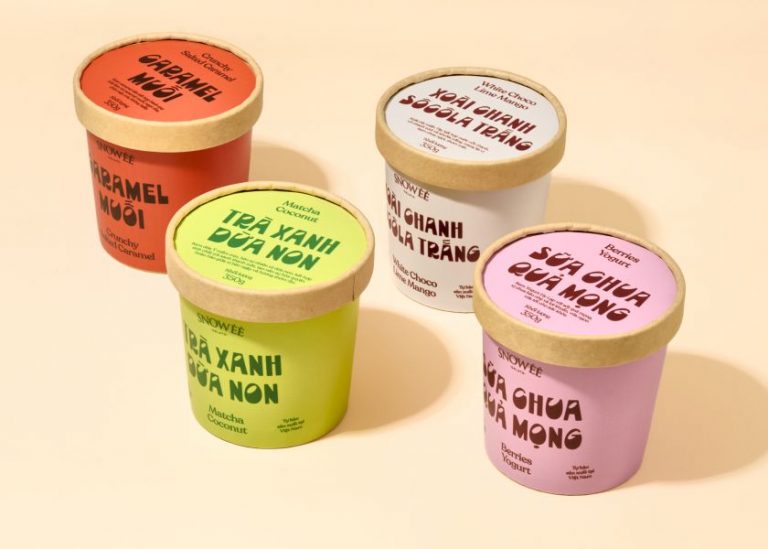The market’s new identity balances heritage with modernity, celebrating its deep-rooted textile history while positioning it for a vibrant future.
Petticoat Lane Market has been a bustling hub of commerce and culture in East London since its earliest recorded roots in 1650. For the first time, the market has been given a formal brand identity crafted by branding consultancy The Workroom.
The new visual identity was designed to revitalise the market’s presence, balancing its storied past with a bold, contemporary future. Once a thriving centre for affordable street fashion in the 1960s, Petticoat Lane Market had, by the late 1990s, lost much of its energy. Foot traffic dwindled, traders became frustrated, and the market – spanning both the City of London and Tower Hamlets – lacked a clear, cohesive identity.
Recognising the market’s cultural significance, the City of London Corporation and Tower Hamlets Borough Council commissioned The Workroom to develop a brand to re-establish Petticoat Lane Market as a landmark for locals and visitors.
But revitalising the market wasn’t simply a case of creating a fresh logo. The Workroom had to capture the raw, bustling energy of the market while respecting its heritage and ensuring its authenticity remained intact.
Balancing heritage with a contemporary identity
The Workroom’s approach began with extensive research. Managing Director Brigid McMullen explains: “Understanding Petticoat Lane Market’s layered history and previous reputation with desk and local library research was really important to us.
“Feeling we really knew about the heritage and its richness was very important, as well as understanding what it meant to people – both by reputation and by experience.”
Through extensive analogue research, including reviewing old press clippings, the team gathered insights into what made Petticoat Lane unique. One of the strongest themes emerged was its deep-rooted connection to the textile and fashion trade, shaped by waves of migration—from Huguenot weavers and Jewish tailors to Bangladeshi and African fabric sellers.
The resulting brand identity was designed to celebrate this legacy and simultaneously look forward. McMullen elaborates: “We could have made it feel very ‘heritage,’ but we wanted to borrow from the heritage story while making it contemporary in its aesthetic.
“The best way to do that was to develop a whole visual language around the idea of ‘craft’ and making things by hand.”
Crafting a distinct visual language
At the heart of the new identity is a bespoke typeface, Petticoat Sans, inspired by the market’s textile heritage. Originally, The Workroom intended to run community-led textile workshops to create the lettering, but due to budget and time constraints, the team pivoted to a hands-on, studio-based approach.
“We bought fabrics from local shops, clothes from the stalls, and chopped them up to create letterforms,” McMullen says. “The next best thing!”
In addition to Petticoat Sans, the brand employs an eclectic variety of patterns and textures, drawing inspiration from the market’s diverse cultural influences. Another key component of the new identity is the tagline: ‘Your Proper East End Market.’
“We felt it perfectly captured the essence of Petticoat Lane – not just as London’s most authentic market, but also in terms of its deep geographic roots in the original East End,” McMullen explains. “At the same time, it embraces the local vernacular (‘Your Proper…’), making it feel instantly familiar.”
The market’s founding date, ‘Est. 1650,’ has also been integrated into the logo. Market trader Larry Goldstein, a stallholder since the 1980s, says: “The new branding makes the market more available to people and makes them aware that we’re here. We’ve been bloody HERE since 1650, and it’s time we shout about it!”
Community at the core
Inclusivity was a crucial part of the branding process. From the outset, The Workroom sought to avoid the pitfalls of gentrification that have made other London markets feel less accessible to their long-standing communities.
McMullen says, “One key learning from our workshops was NOT to make it overly sophisticated or too slick.
“It was important that the identity and communications felt accessible for everyone, from anywhere. It should be about real people and represent a real market.”
Workshops involving local businesses, traders, and residents helped shape the brand’s visual identity. Zoe Barwick, District Director of Aldgate Connect BID – which played a key role in organising the market’s rebrand launch – highlights the importance of this engagement.
“The community engagement has been incredible – from library workshops to hands-on activities where everyone contributed to the market’s story. The brand has really brought life back to the area, and it feels like a proper East End market again – vibrant, authentic, and full of character.”
Ready for the future
The results of the branding project are already visible. Foot traffic has increased, and previously empty stalls are now being occupied. The Petticoat Lane Food Court, which started in 2008 with just three traders, now boasts 20 street food vendors, with a waiting list of new traders eager to join.
While the rebrand has injected new energy into the market, The Workroom envisions an ongoing evolution. “We have trolley-loads of ideas to build on the brand,” McMullen says. “From workshops to fashion shows to buyable merchandise and unique events… if any budget can be found!”
For McMullen, the experience has been one of the most rewarding in recent years. She says, “Helping to re-energise Petticoat Lane Market has been incredibly fulfilling. It was heartwarming to see how passionate this community is and to help the market rediscover and define its identity.
“While Workroom has only been around for 35 years, the market’s been going for 350, so we’re pretty sure it’ll continue for another 350 – evolving on its own terms as a proper, East End market!”










